The fig: power and versatility combined
A culinary rendez vous with the fig.
Already in ancient times, the Olympians trained for months in order to achieve the
glory of a laurel wreath that marked the pinnacle of their careers. They also used
various methods to enhance their performance. Historical evidence shows, for example,
that many athletes boost their performance by eating bull’s testicles. The
mathematician and philosopher Pythagoras, on the other hand, recommended figs.
He believed that the nutritional value of the fig was unbeatable.
In fact, we now know that the fig is a real powerhouse. It contains potassium, magnesium,
phosphorus, iron, carotene and valuable vitamins.
As an aromatic, sweet treat, it was a late developer. Even our parents used to nibble
unenthusiastically at the dried fruits, mentioning their unusual effect on the digestion.
And they were right! Figs are healthy, but most importantly they taste great — and as
well as stimulating the digestion, they also stimulate culinary creativity.
Fig trees grow in Mediterranean countries, where the summers are hot and the
winters are mild. Otherwise, they do not make any particular demands on their environments,
being propagated simply with cuttings or seeds, and flourish like weeds. My favorite
figs come from Albania, from the area around the old town of Berat. I make my way there,
accompanied by Edis Ferhati. For Edis, who grew up and lives in Freiburg, this trip is a
journey back to his Albanian roots. A few years ago, he had the idea of converting Albanian
figs into tasty marmalades and desserts, not only to delight gourmets, but
also to help a desperately poor country. We visit his friend, Myslym Bilcari, and accompany
him to his small fig plantation. Curious, we wind in and out of the fig
trees with their wide, heavy branches. We sit down in the
shade. This is a welcome relief, since the July sun heats up the sunken area quickly. “It’s like
a picnic in the countryside. Myslym shows me how to open the fig with his hands and savor the
contents. I copy him, nibbling the red flesh from the skin and letting the sweet, slightly
nutty flavor cascade over my tongue. And now I digress slightly, to dream of French sweet
wine, of an old port, of a blue-veined cheese from the mountains of Asturias, of acorn-fed
ham from southern Spain and much, much more. However, I bring myself back to reality,
open my eyes and enjoy the truly unique atmosphere, saving my ideas for later.
I realize that I have never seen a photograph of a fig blossom, and I ask Myslym
what the place looks like in spring. “You rarely get to see any blossoms; for a long time, people
assumed that figs don’t bloom. They do, but you just don’t see it, because the blossoms
are hidden away in the axils. And Edis praises the excellent quality of the fruit, which, after the harvest
dry for about ten days in the sun, under the watchful eye of Myslym’s wife who constantly
checks and turns them and would never dream of treating them with sulfur or
other chemical agents. Only then are they sent to Freiburg, to Edis, who turns them into
real gourmet treats. I really love spooning hibittersweet fig and lime marmalade out of
the jar, and his variations for the four seasons leave no wish unanswered. Whole dried figs
are preserved in Sauvignon Blanc or Pinot Noir with orange, cinnamon, rosemary, cloves
and sugar. They can be eaten as they are, or enjoyed with ice cream or cheese.
My trip to Albania, as it takes its first steps towards culinary development, marks the
start of a strong friendship. I’ve been focusing on figs for months after my trip. Everything
that involves figs piques my curiosity. It is a flavor that I’m experimenting within my own
kitchen. I soon realize that the sweetness of figs goes beautifully with almost anything,
San Daniele and Patanegra ham, for example, or blue-veined cheese such as Cabrales. The
combination of sweet and hot in fig chutney is something I particularly love, or the contrast
of sweet and sour found in the braised figs that have been seasoned with a good
balsamic vinegar. And, let’s not forget the fig vinegar from Robert Bauer, which is not a
wine vinegar flavored with figs, but is truly made from only fermented fig juice. It is the
pure fruit that gives it its wonderful aroma. This vinegar is the only fig product that I’ve
had in my kitchen for many years and without which I couldn’t imagine a vinaigrette
dressing. A sliced avocado, drizzled with this vinegar and a little good olive oil, seasoned
with a few grains of fleur de sel — what an exquisite treat! Another discovery makes my
taste buds tingle even more, duck liver with fresh figs, preserved in a jar. I found this little
specialty at Upignac in Belgium. These fine duck livers served on warm brioche, with a
glass of Sauternes to accompany it — pure heaven!
Text : Christiane Strub
Small simple and delicious delicatessen.
Figs with acorn ham
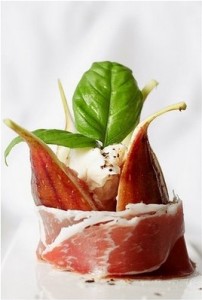
2 Fresh figs per person
An equal number of slices of acorn ham.
Extra virgin olive oil
Lime Juice
Toasted pine nuts
Cut flower shaped and wrap the figs with ham. Heat briefly on the grill without cooking ham. You can put some cream cheese, brie type. And a basil leaf.
Put them in a bowl and dress with olive oil, lime juice and pinions.
Figs with Cabrales cheese
Figs
Seed bread
Honey
Cabrales cheese
Fresh oregano
Slice figs. Cut the bread and spread with Cabrales cheese. Putting up some honey, and sliced figs. Sprinkle with fresh oregano.
Source:

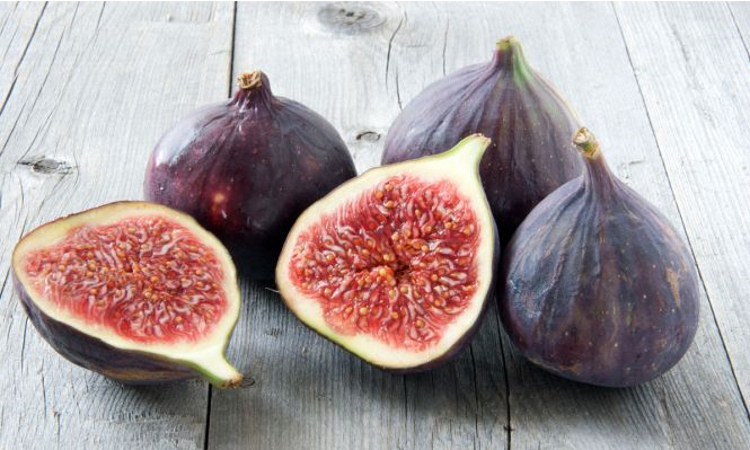
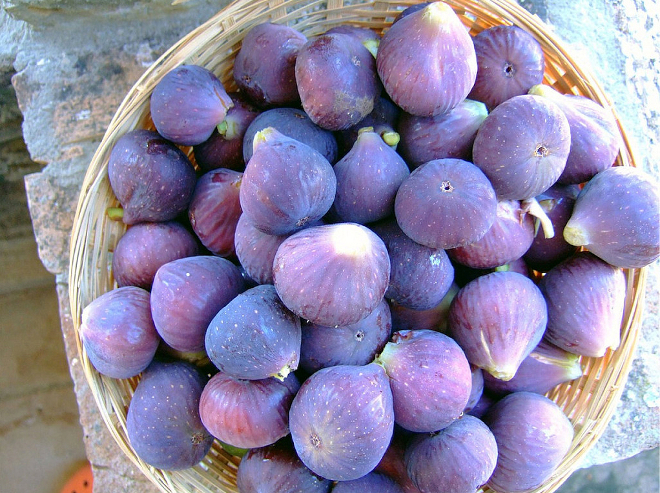
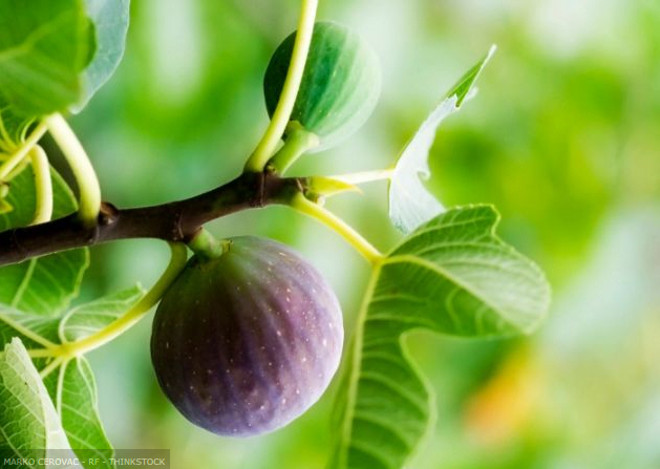
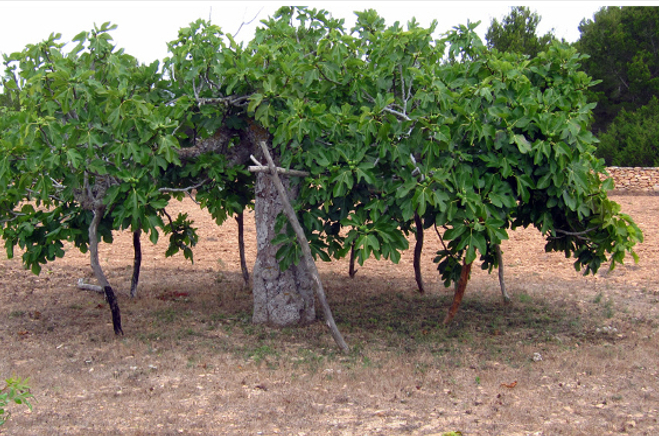
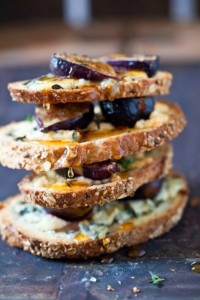
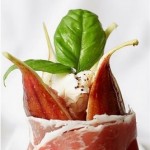






This entry has 0 Comments